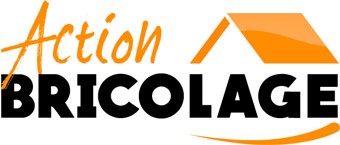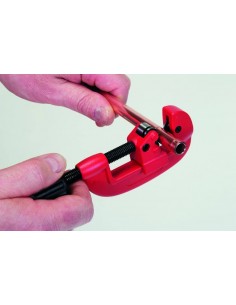is ready!
- Renovation
- 3374 views
- 0 comments

Since it is forbidden to go out during the lockdown, everyone starts tinkering. Do-it-yourself has indeed become one of the favorite pastimes of people. This is why the sector recorded a turnover of 31 billion euros last year, an increase of 13% compared to 2019. This situation can be considered as "unheard of". In addition, those most affected by purchases of DIY materials in stores and online are young people between 18 and 30 years old.
Very good results for painting, decoration, plumbing products and tools
In 2020, the DIY market has experienced an extraordinary year. We can say that the sector is really booming, because with the lockdowns, it has enjoyed incredible growth. According to Caroline Hupine, the General Director of the Federation of DIY Stores, the confinement has pushed people to spend more time at home and has given very good results for painting, decoration, products related to the plumbing and tooling.
An explosion in online sales with the engagement of new, younger consumers
In addition, there was also an explosion in online sales with the engagement of new, younger consumers. This is what Juliette Lauzac, the FMB / Inoha researcher, confirms in her announcements: "The market has won new handymen who have discovered themselves during the confinements". Online sales actually saw a spectacular increase of 111% for large retail outlets and suppliers present exclusively online had a 14% market share.
What about the year 2021?
For this year, it is still difficult to make estimates. Moreover, it is too early to make any comparisons. All that can be said is that 2020 was an extraordinary year with very high bases which are a little hard to beat. Last December, the DIY sector again experienced growth of 30%, in February, sales increased by 16%. However, it must be considered that stores larger than 10,000 m² are not allowed to open their doors. Which will surely have a more or less weak impact overall. Finally, we must not forget that there are also other potential obstacles such as the shortage of raw materials, health hazards and the purchasing power of new buyers. The younger generations are more interested in second-hand products because they want to avoid overconsumption.






Comments (0)